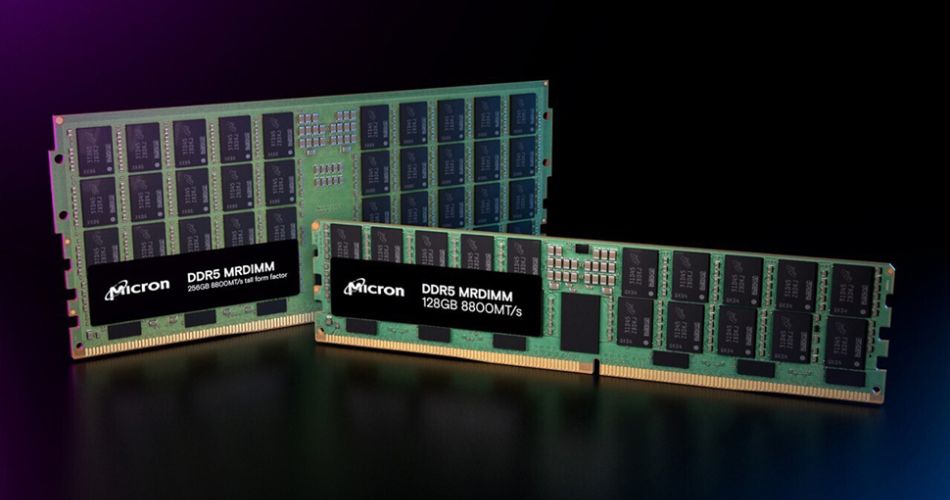JEDEC’s new standards will double DDR5 bandwidth, enable faster memory for laptops

JEDEC Solid State Technology Association, the industry group working on building standards, announced that it’s working on building standards for DDR5 MRDIMM and LPDD6 CAMM specifically for high-performance computing and AI applications.
DDR5 MRDIMM, or Multiplexed Rank Dual Inline Memory Modules, are system RAM designed for servers and data centers. MRDIMMs add multiplexing capabilities to RDIMMs used in most of today’s systems, which combine multiple data signals and transmit them over a single channel. This increases the bandwidth on the memory module without adding pinouts, allowing it to achieve higher data transfer rates over standard DDR5 RDIMMs.
MRDIMMs are also planned to be compatible with RDIMMs, use standard DDR5 DIMM components, maximize the existing LRDIMM ecosystem, and support multi-generational scaling to DDR5-EOL. The doubling of the peak bandwidth of native DRAM using MRDIMM will allow memory modules to keep up with the demands of high-performance computing and AI, especially as Nvidia is gearing up to release its next-generation Blackwell and Rubin GPUs in the coming months and years.
In addition, JEDEC is also considering a tall MRDIMM form factor, which would allow manufacturers to double the DRAM on a single module without resorting to 3D Stacking.
On the consumer side, the standards group is working on LPDDR6 CAMM2 standards for laptops. JEDEC approved the CAMM2 standard in late 2023, which uses DDR5 and LPDDR5(X) memory. Adding LPDDR6 memory to the CAMM2 standard will increase maximum speeds for laptops up to 14.4 GT/s while offering a 24-bit subchannel, a 48-bit subchannel, and a connector array. This new standard will help manufacturers achieve the thin and light profile for the average laptop and use LPDDR memory without having to resort to soldered RAM.
These developments in RAM standards show how the industry is pushing everything to keep up with the increasing performance of processors and GPUs. With AMD and Intel updating the performance of their processors almost annually, RAM technology needs to keep up. While increasing the transfer speeds on memory modules might do the trick, updates to its form factor and other features will also help it improve its computing capacity.